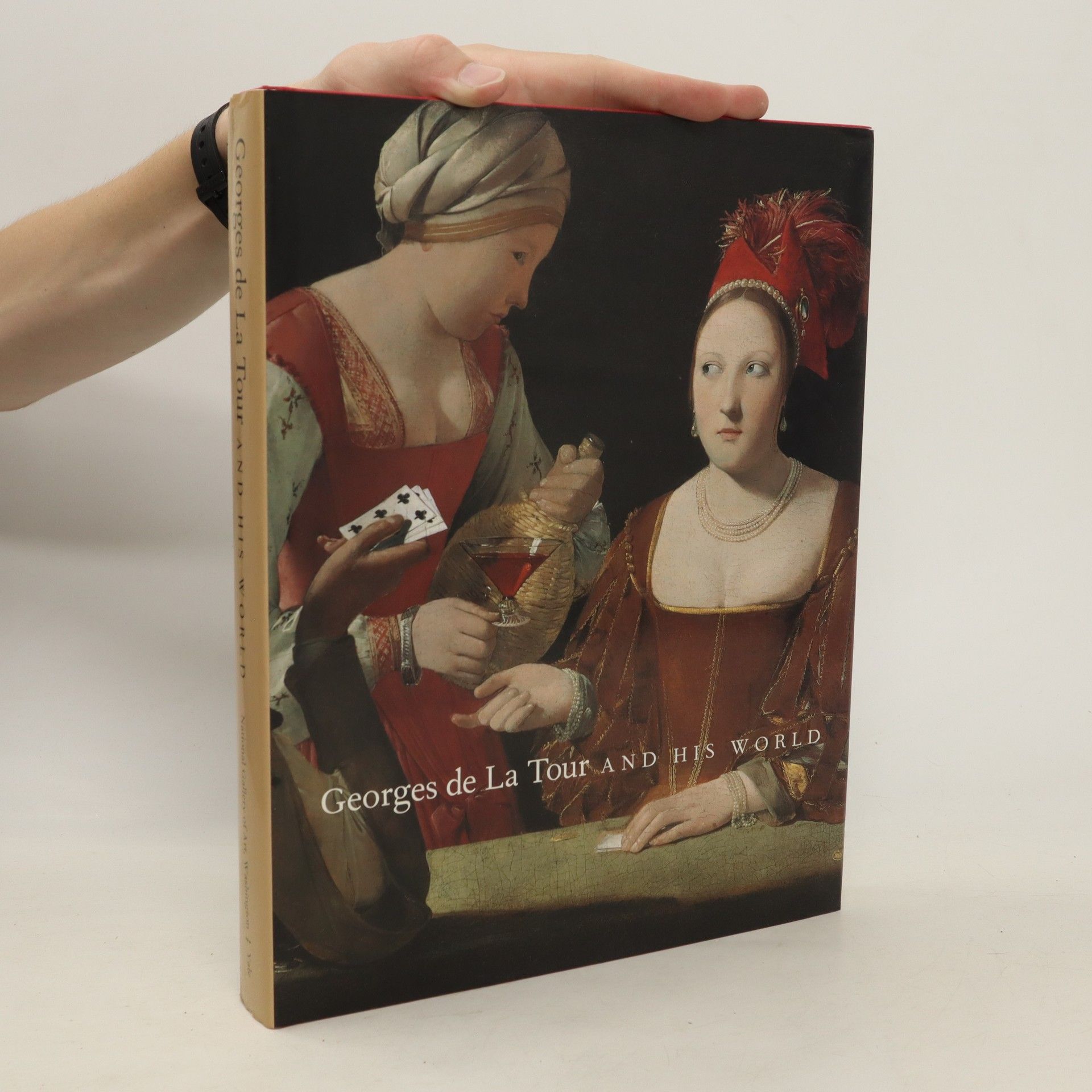Georges de La Tour (1593-1652) was one of the greatest French painters of the seventeenth century, but his art was rapidly forgotten after his death and has been rediscovered only in our own century. Since the major retrospective exhibition held in Paris in 1972, previously unknown paintings have continued to come to light, such as Saint John the Baptist in the Wilderness, a moving late work discovered in 1994. The exhibition celebrated by this beautiful book presents this and other new additions to La Tour's oeuvre and locates his art in the wider European context of his time
Gail Feigenbaum Boeken



Display of Art in Roman Palace, 1550-1750
- 384bladzijden
- 14 uur lezen
The book delves into the display principles of art within early modern Roman palaces, highlighting how various elements conveyed intricate artistic, social, and political messages. It emphasizes the opulent settings that served as models for aristocratic residences across Europe. Additionally, it traces the origins of the modern art gallery concept back to these Roman Baroque palazzi, illustrating how many museum exhibits are rooted in this historical context.
"This volume of essays offers new arguments regarding the significance of the social biography of art and the transformative power of ownership. It realigns the traditional art-historical paradigm that focuses on the moment of an object's origin and instead considers the longue durée of ownership. Whereas the term provenance may call to mind little more than a list of owners or the legal questions raised by competing entitlement claims, the essays in this book demonstrate that a nuanced approach recuperates important, even dramatic, aspects of the history of art. The authors present a broad perspective on provenance, investigating examples from Europe, Asia, Africa, and the Americas, and from ancient archaeology to conceptual art. They explore how stories of ownership are attached to objects, analyze important distinctions between provenance and provenience, and show how provenance can be monetized, politicized, suppressed, or otherwise instrumentalized."--Page 4 of cover.